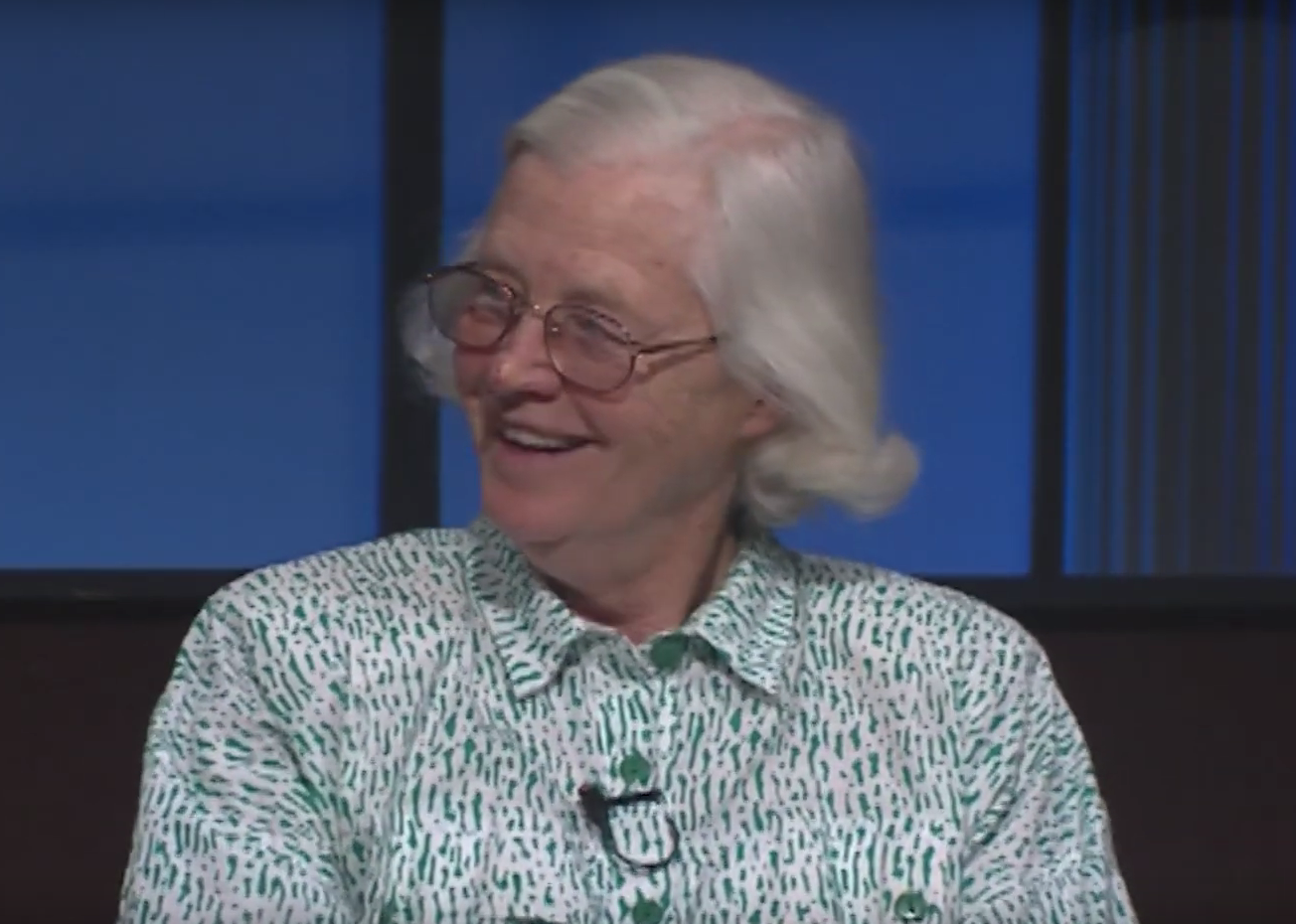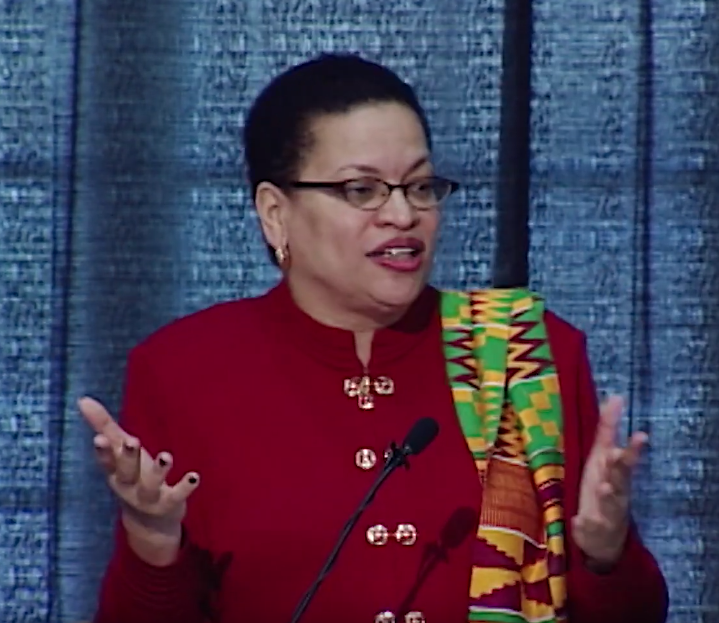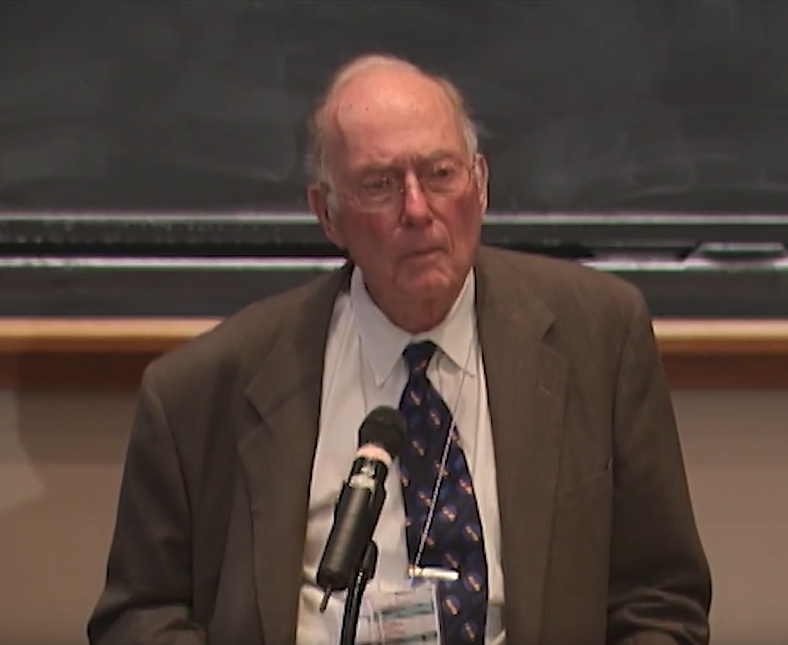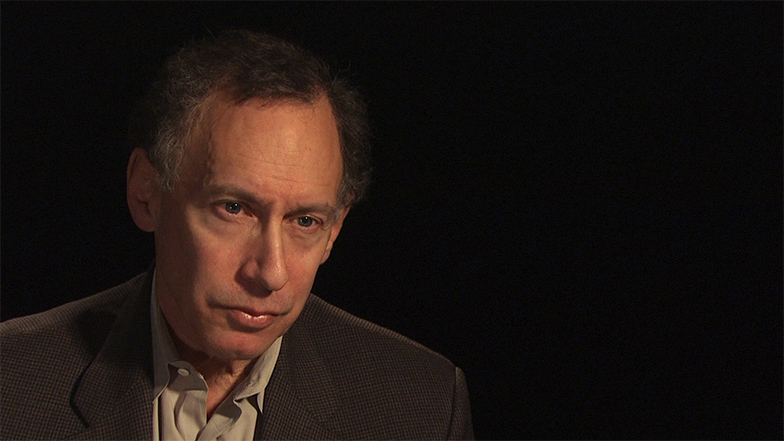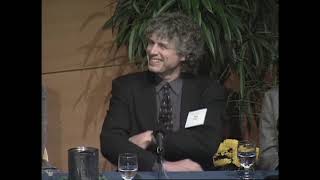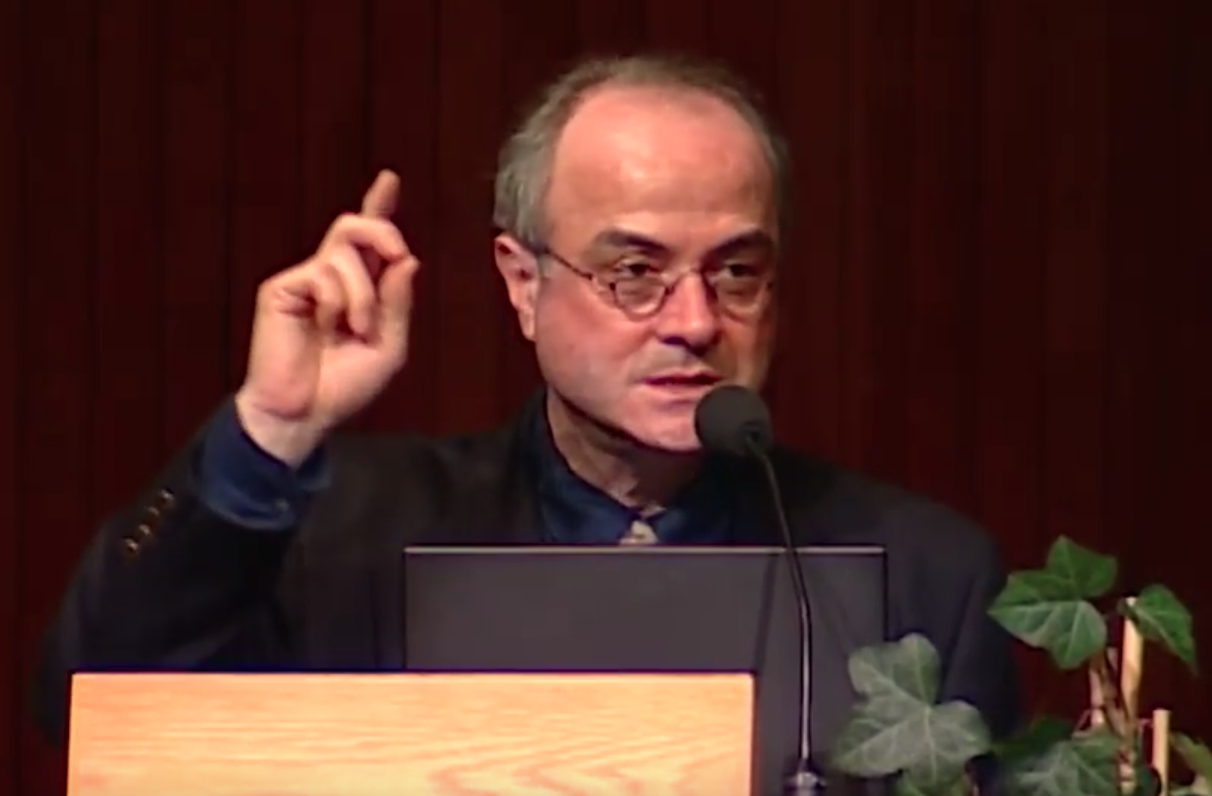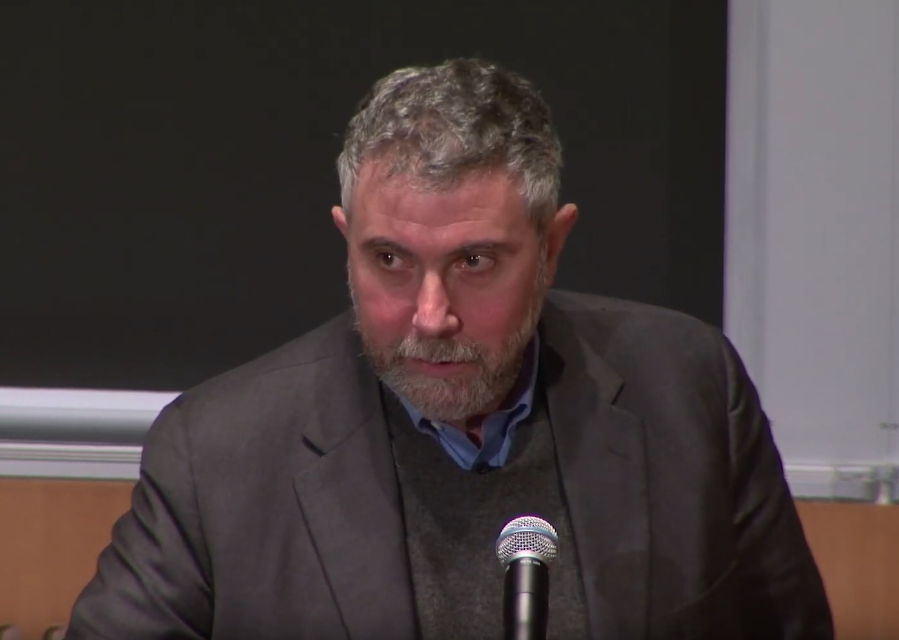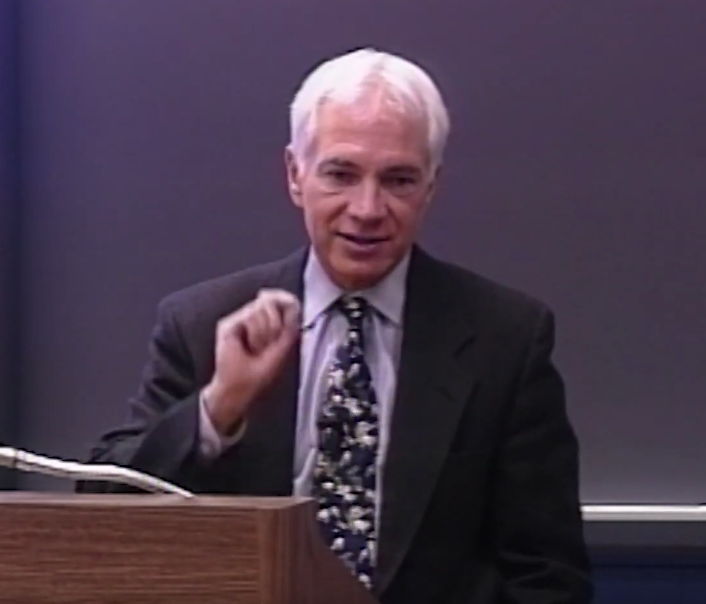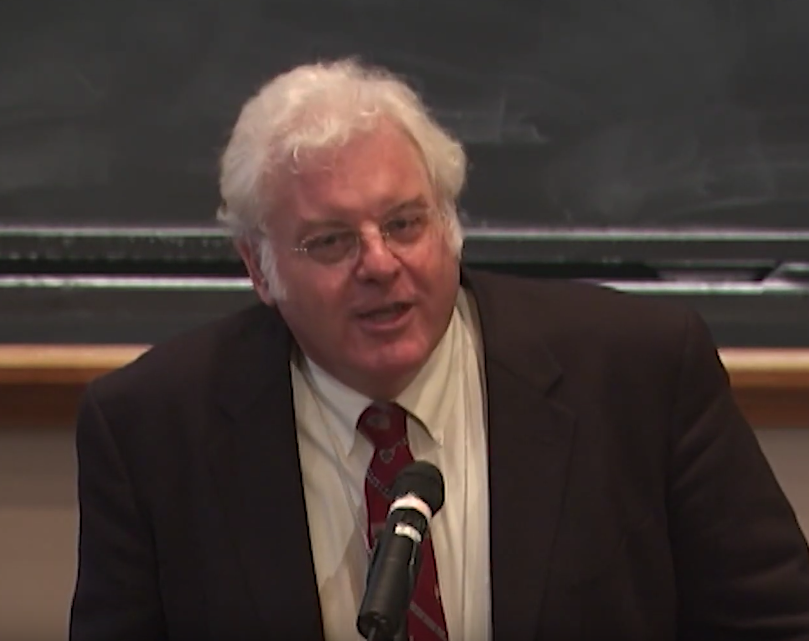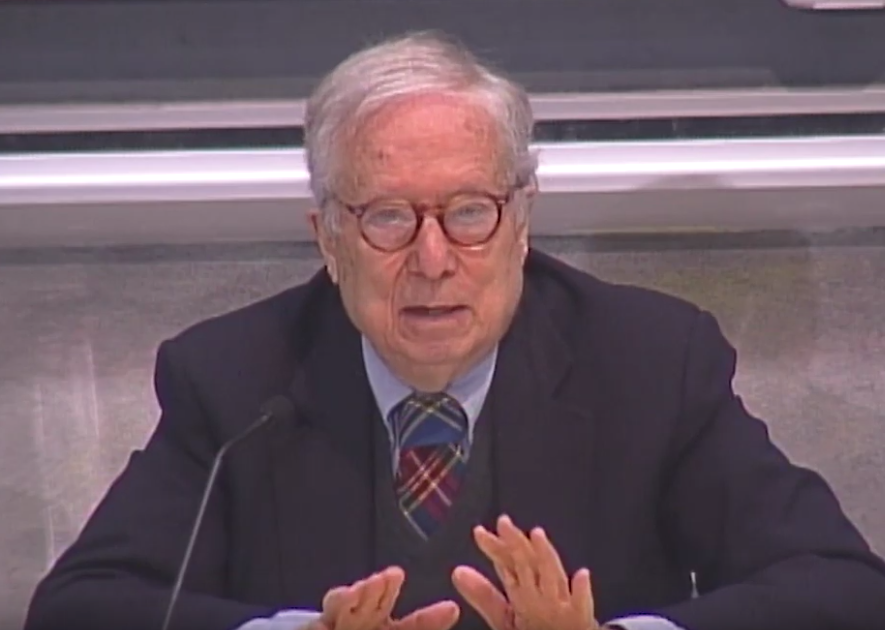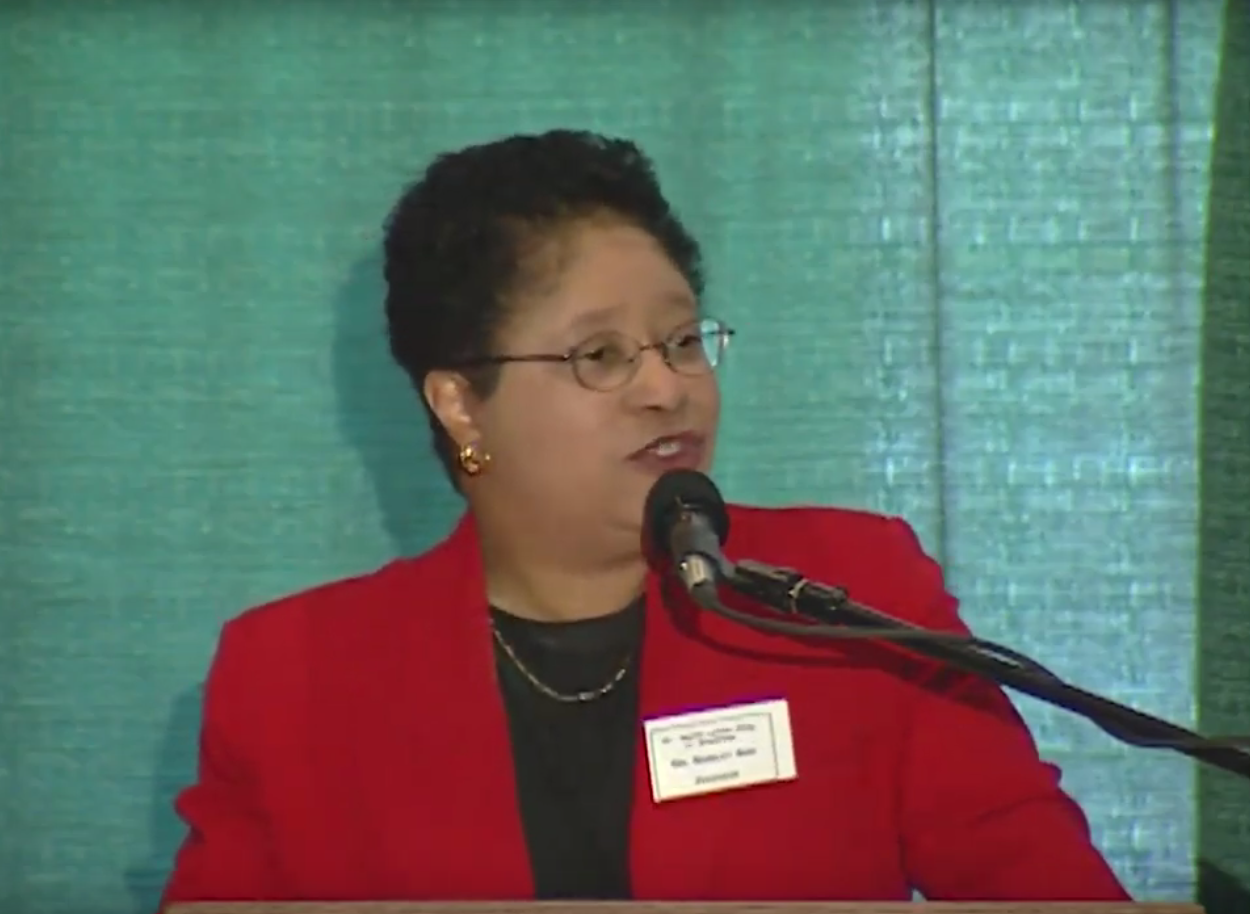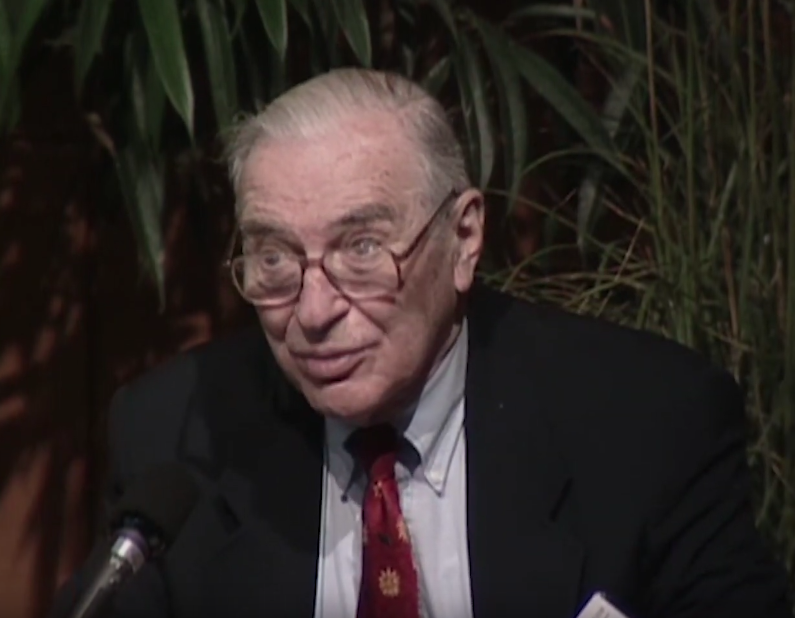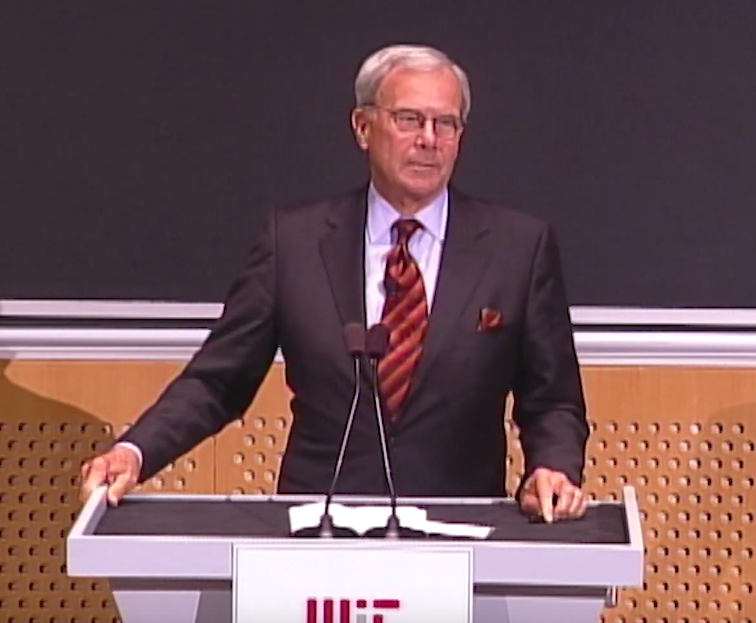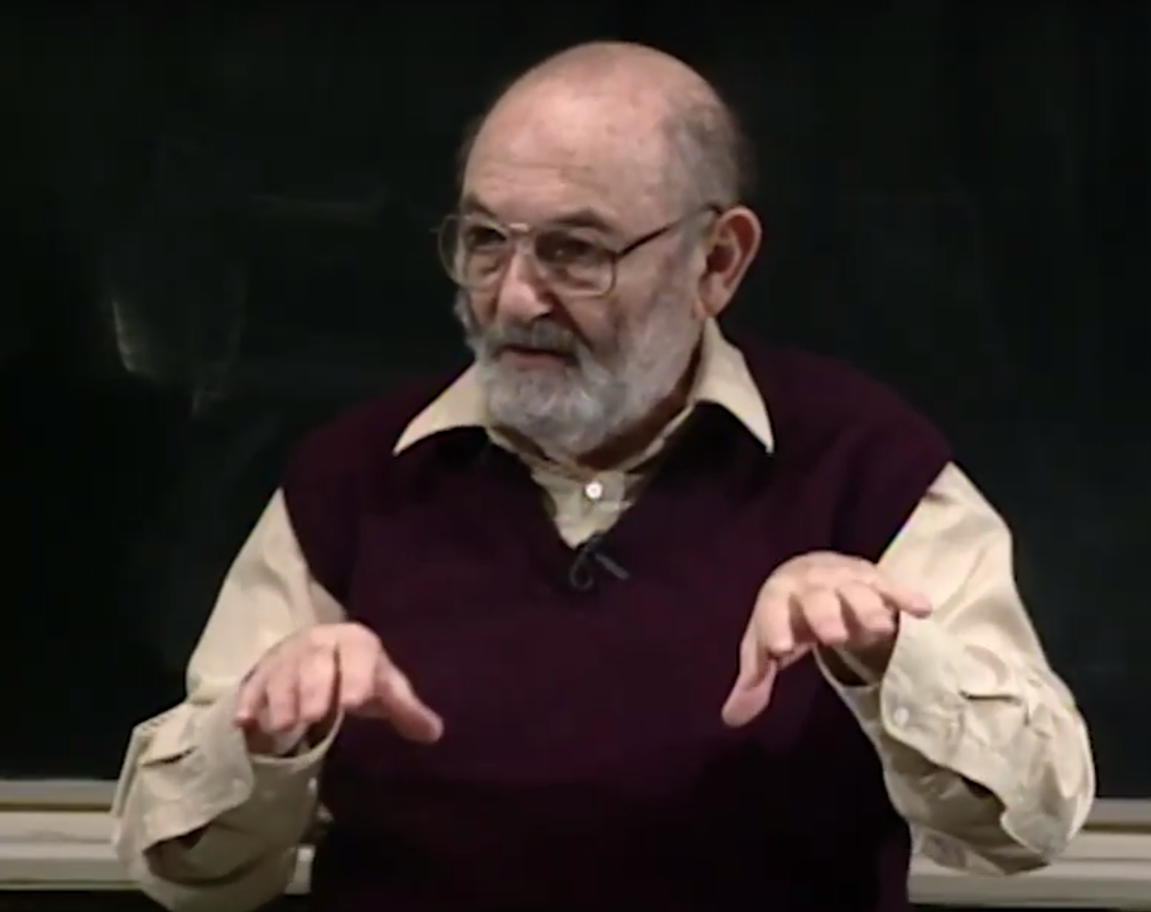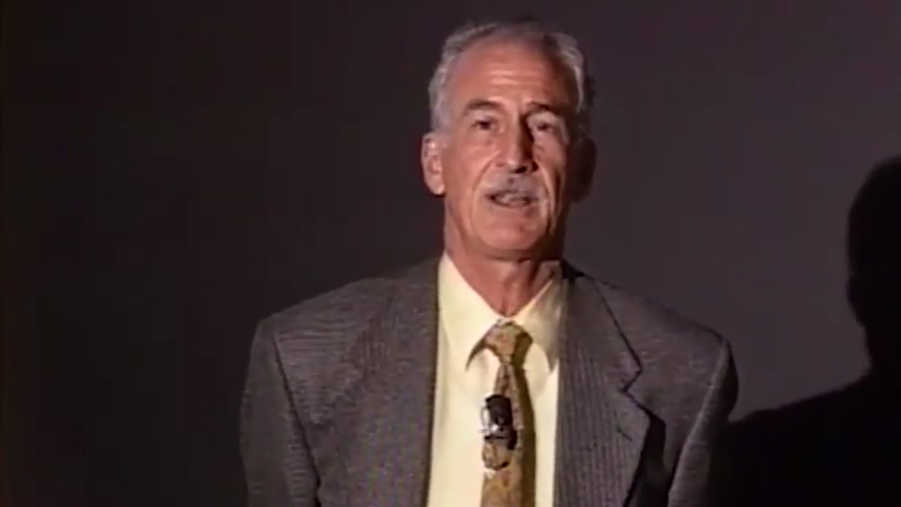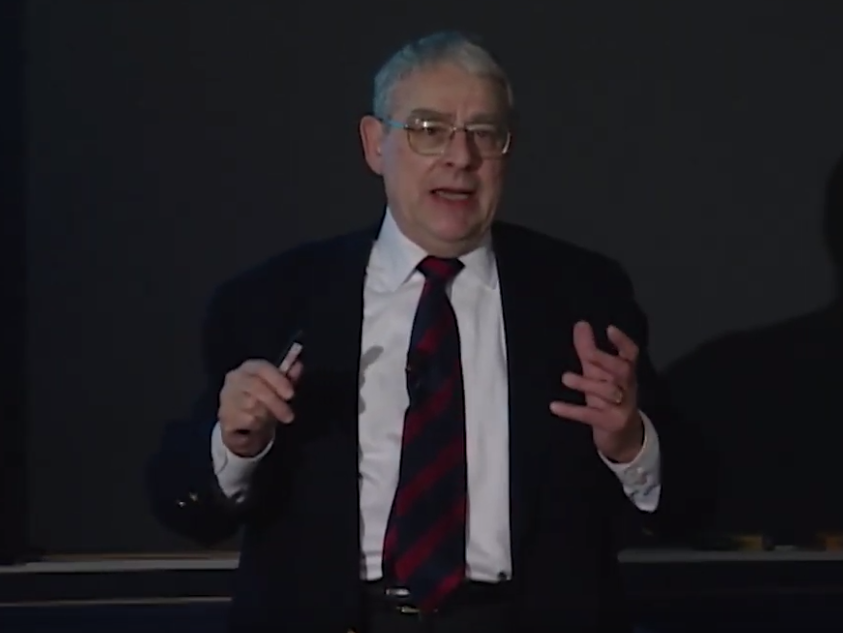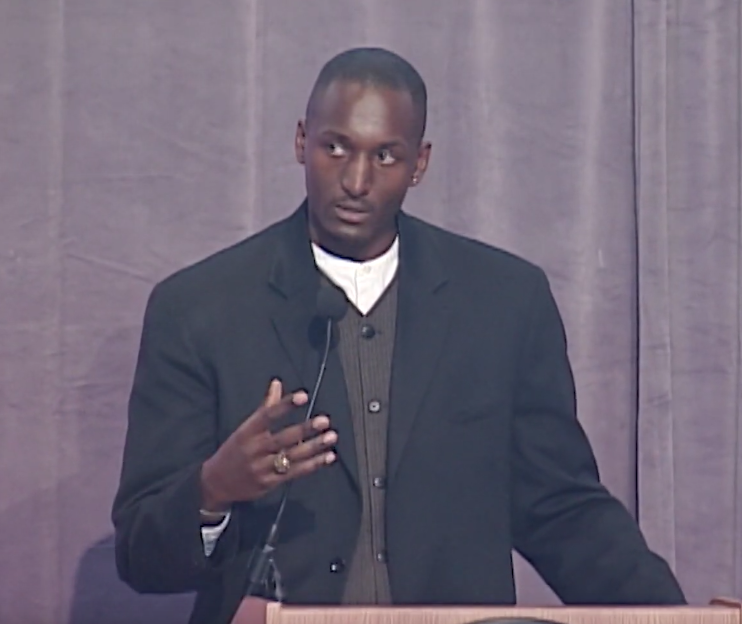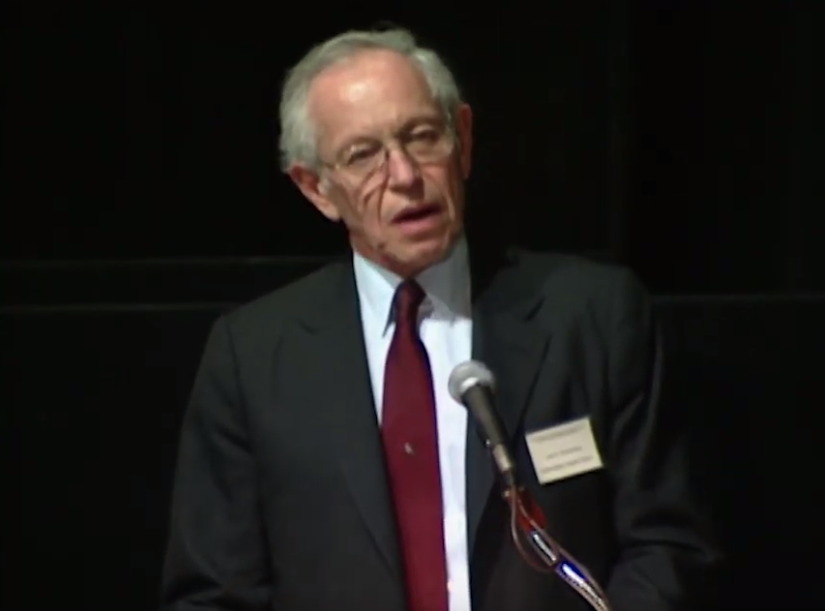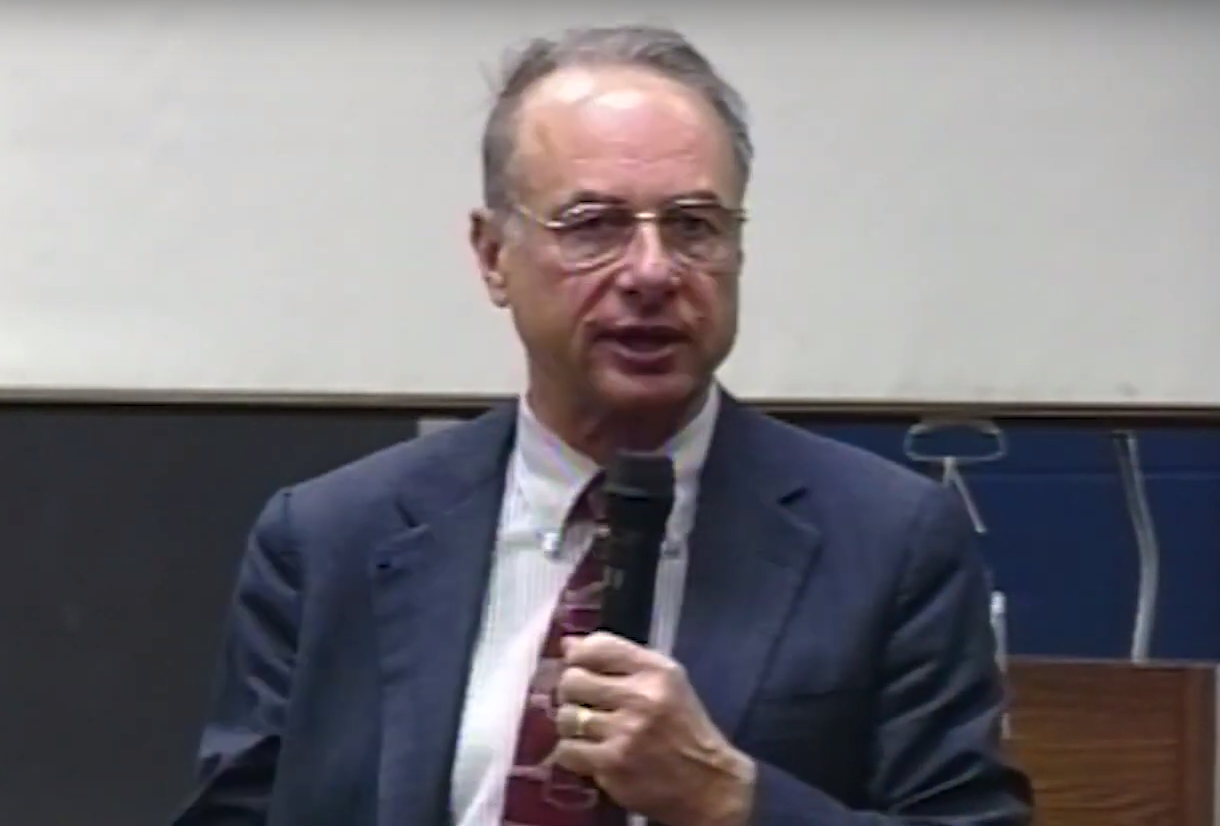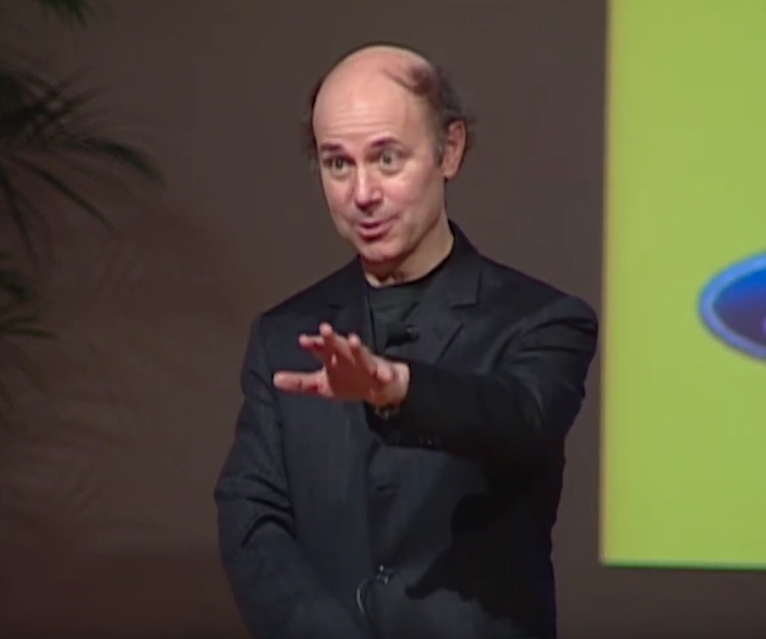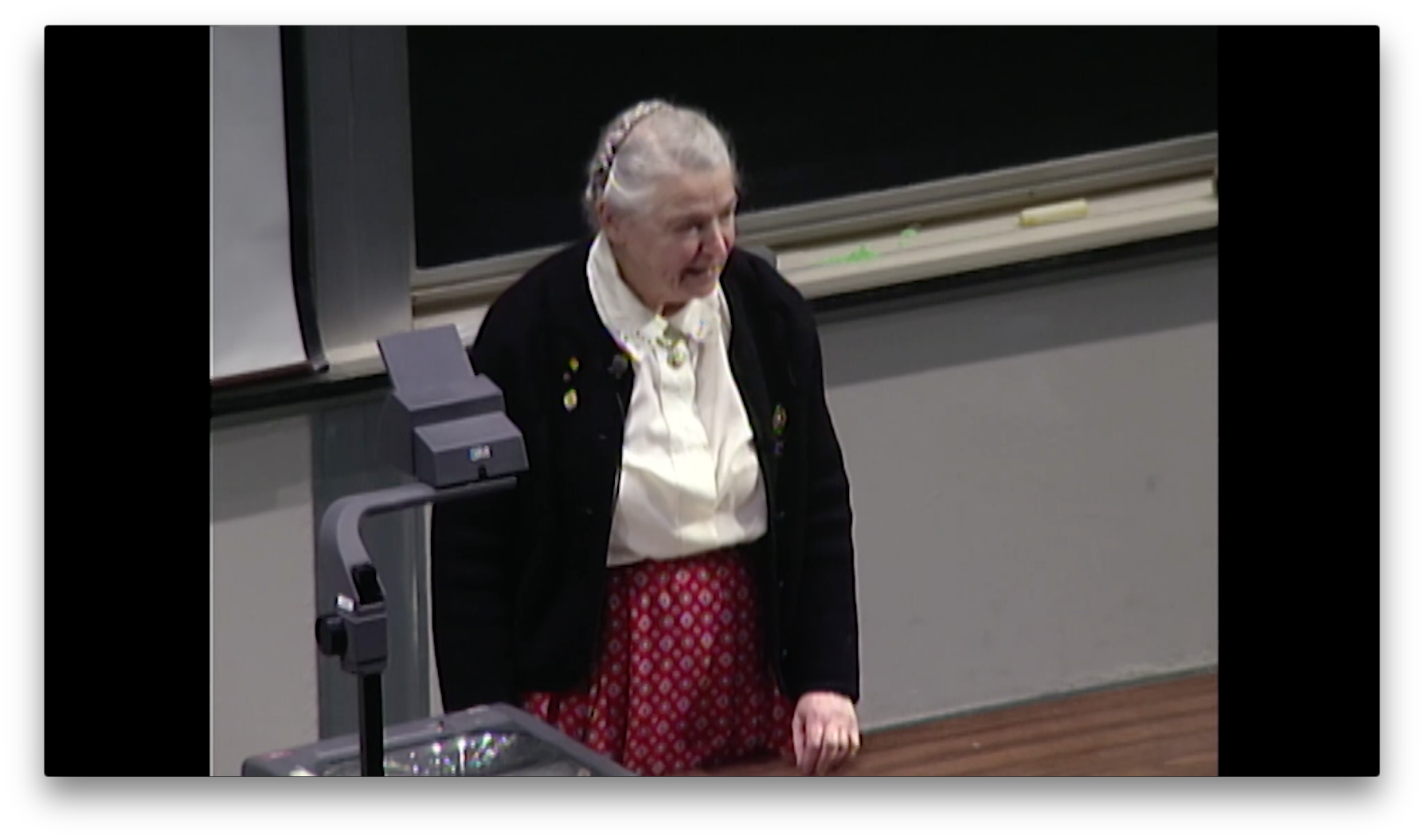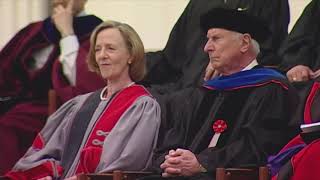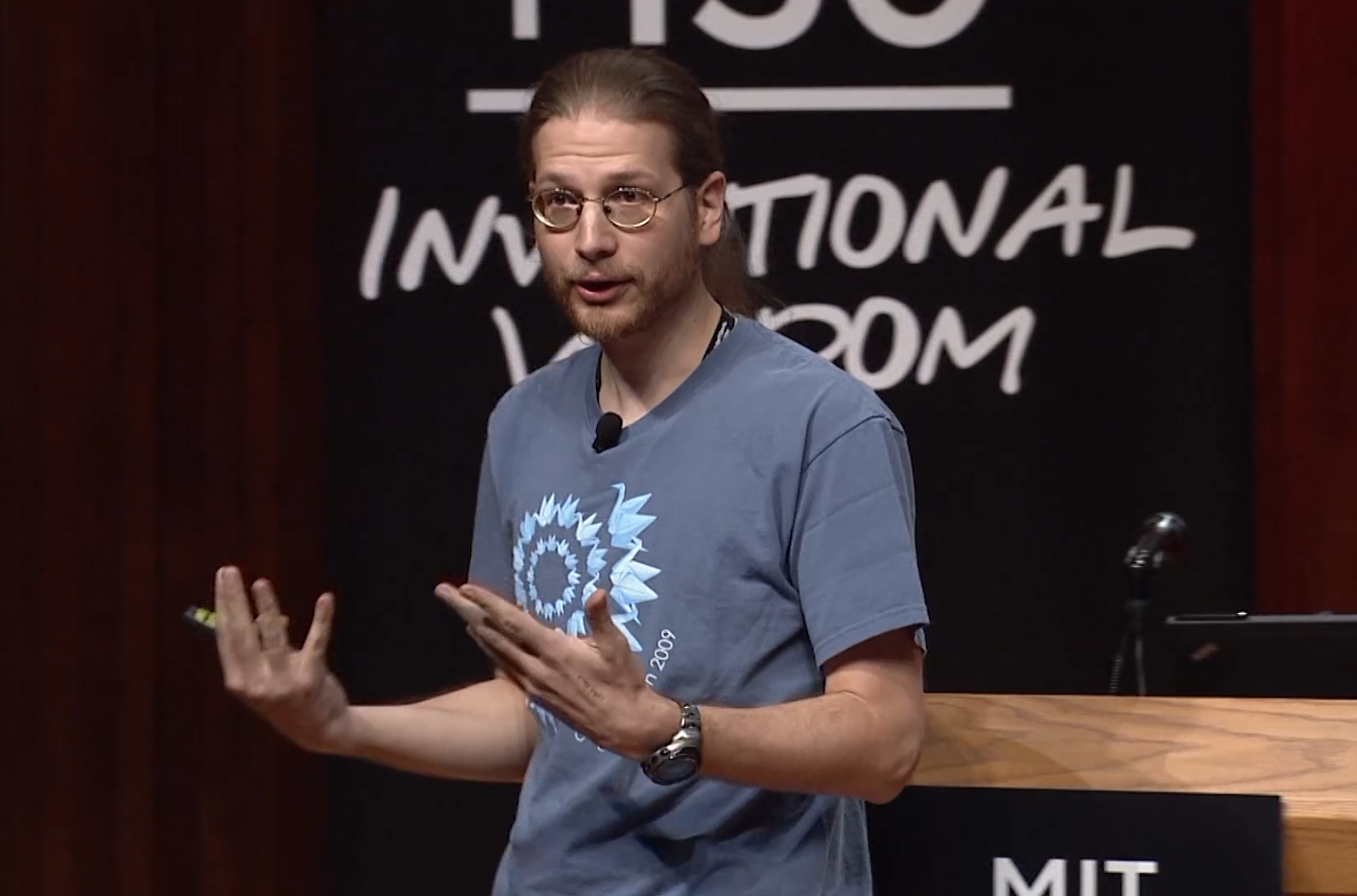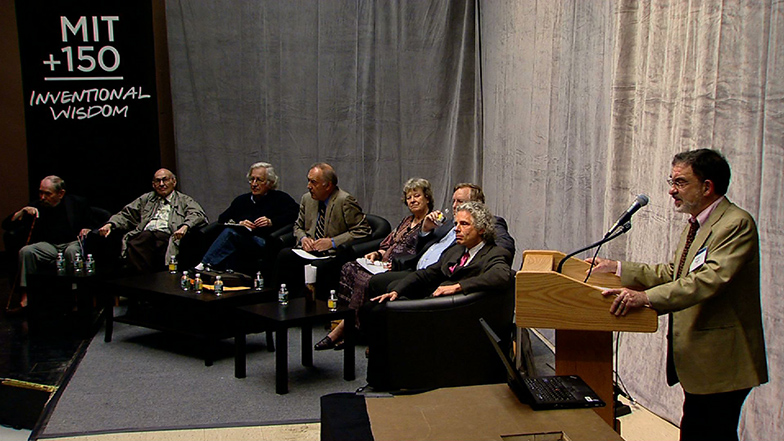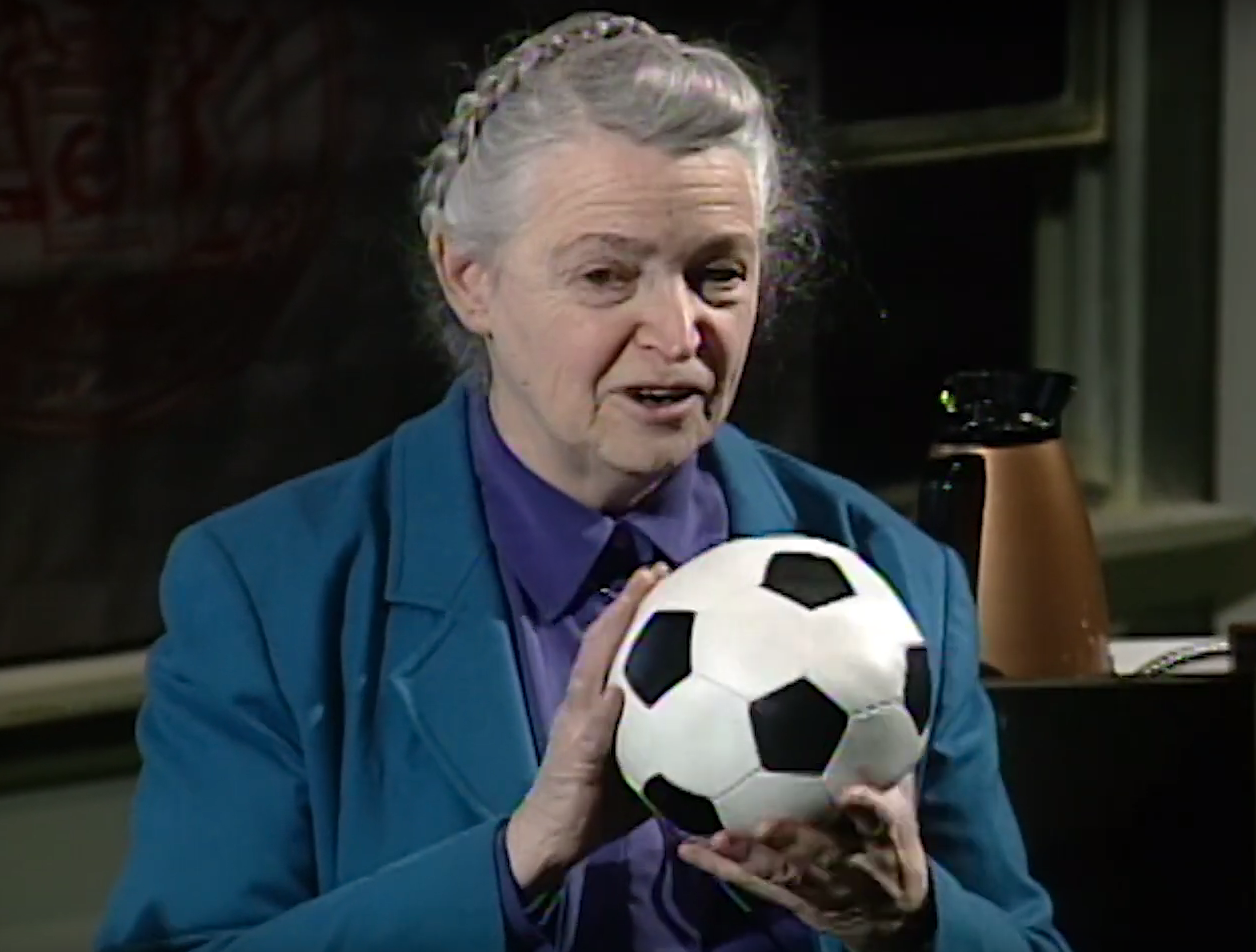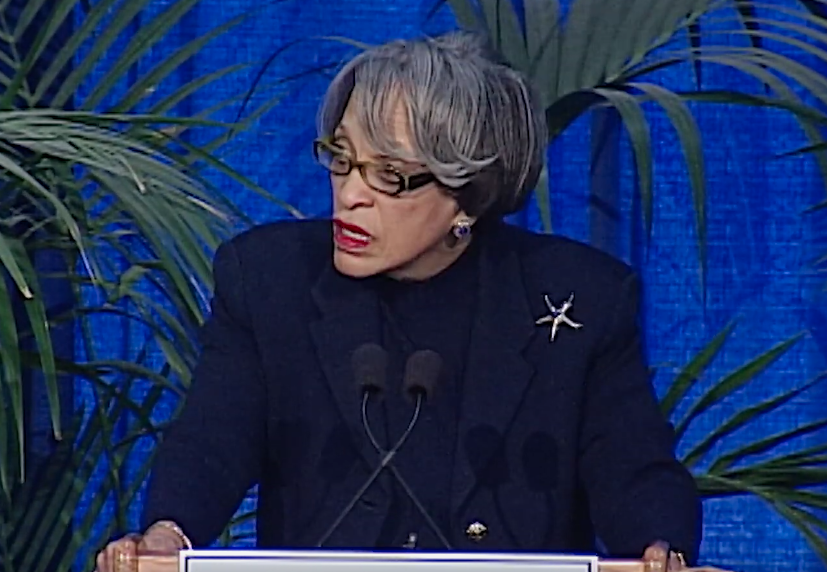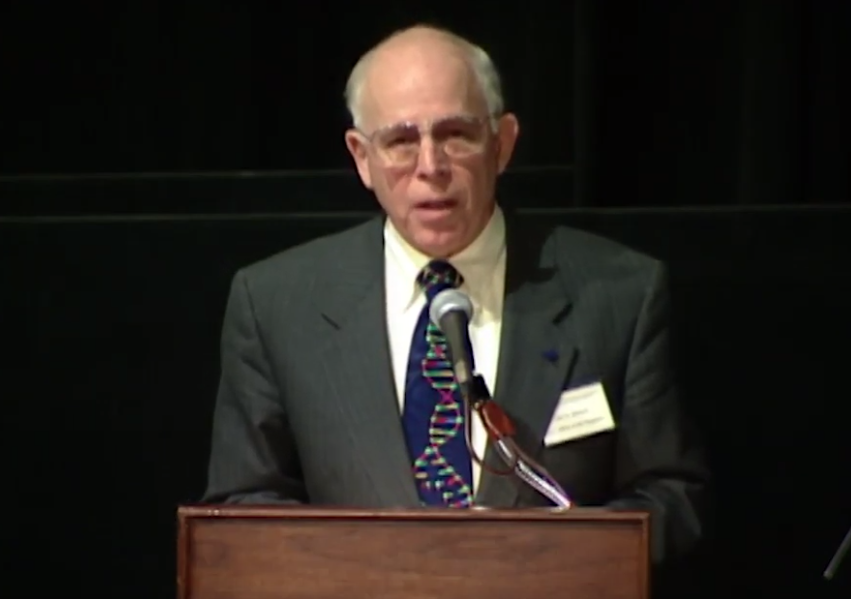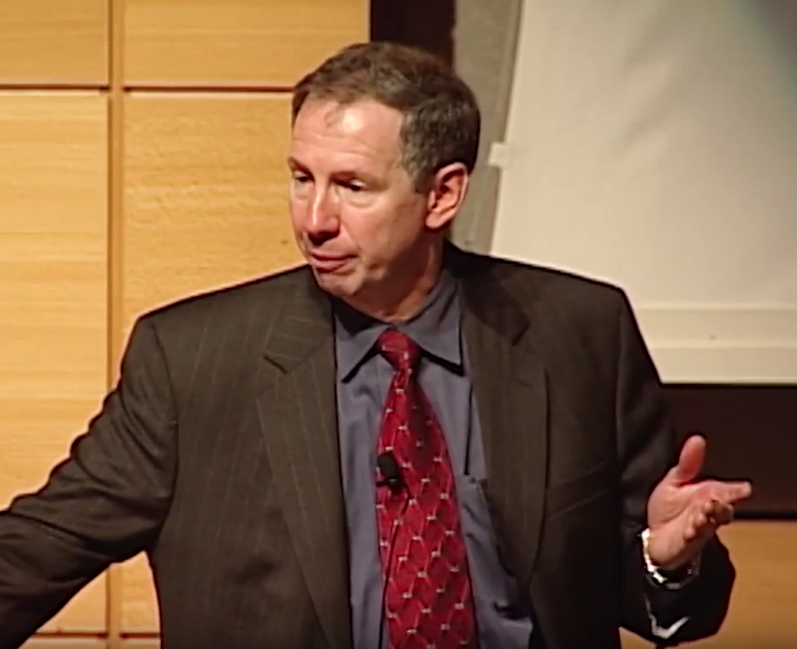John Slater, MIT ATHENA Project and CATS: Computer-aided Teaching System for Structural Engineering 1985
[MUSIC PLAYING]
JOHN SLATER: OK? Are you there?
SPEAKER 1: Am I there? [INAUDIBLE]
JOHN SLATER: All right. Minor settlement problems.
SPEAKER 2: [INAUDIBLE]
JOHN SLATER: I hear you there.
JOHN SLATER: Actually punch through the deck. Now, part of the problem, of course, is that they had only two of these working.
Each year, students from around the institute take part in a design contest sponsored by the civil engineering department, in which they are all given a standard kit of parts and asked to build a structure, such as a bridge, and build it, and we'll test it ultimately to failure.
MULTIPLE: Oh!
JOHN SLATER: The goals are to see who can build the strongest bridge, get the best idea of material behavior, and overall structural configuration.
[APPLAUSE]
In practice, the design of a real bridge involves a number of things. It involves a good understanding of the fundamental principles of structural behavior and how materials work, and it also involves a need to understand how theory can be translated into practice, how we can build a real structure.
From the educational point of view, what we would like to do is to first have available for the student a tutor, a tutor who could help the student in understanding the basic concepts. How, for example, on the bridge, you'd figure out how big the reactions would be, how long the spans of the bridge ought to be in a general sense.
But we also need to go a step further, when we've run out of theory and we need to know how can we translate theory into practice. That's the role that can be played by an advisor, an advisor who's able to say that this line on your drawing, or this string on your model, is something that's translated into a real steel cable that has to be connected at the pier and at the bridge, and has to say that these crossings of members really involve making a connection between things that are 10 or 15 feet deep. How that can be built in practice is an important part of our educational program.
In the laboratory, I mentioned that we would like to have available for our students tutors and advisors-- tutors to cover basic fundamental methods, and advisors to deal with practical problems. Under Project ATHENA, we've been able to do exactly that by building computer software that can work as a tutor and as an advisor. We have built specifically three programs, one called MACAVITY, which deals with statics of simple beams, a second program called EXPERT, which acts as a source of knowledge about practical engineering problems, and the third, GROWLTIGER, which helps students build models of structures, analyze them, and design their complements.
The first program which I'm going to demonstrate, MACAVITY, is an expert tutor which deals with the computing of reactions on a beam. For example, the beam that might have formed the middle span of this particular structure.
I've asked MACAVITY, the beam tutor, to generate a problem. It's produced an example of a simple beam with two reactions that are unknown-- these might be the piers on the bridge, for example-- a uniform load across the top, which represent the weight of the bridge, and a concentrated load which would, for example, be the weight of a truck going across.
What I'm going to do, and I have actually done, is to write in some equations that would help me compute the values of these reactions. And I will show you the form that they've come into the program, and demonstrate how the tutor will pick up the mistakes that I've made.
The equations which I've previously input are two, one which tries to sum the forces and one which tries to sum the moments. If I solve them, I'd find out that I had made some mistakes. And so what I want to do is go to the tutor and find out what's going on. It's building up a model about me as a student, and I'm going to tell it a particular equation I'm having problems with and ask it to help me out.
It's pulled it out of the database, and right now what's going on is it's setting up a system of rules, trying to figure out what it is that I'm trying to do, and where I would be incorrect or correct. The specific mistake I've made here is that the coefficient of this force, F1, shouldn't be six.
It's attempting to make a diagnosis, first of all, of what I'm doing. When I've made an error, it can't always be sure exactly what kind of mistake I've made. So it's going to come back and ask me for some additional information.
It's unable to figure out where I'm trying to sum moments, although it did know that's what I was doing, and asked me to tell it the point, which is 10 feet from the left end of the beam. It's now made the diagnosis that I'm incorrect. And if I want to ask some questions, I'll just say why is my equation incorrect?
And it gives me a little bit of help. It says my equation is incorrect because I've made errors in specifying sum of the moment arm terms. We don't want it immediately to tell the student exactly what's going on, but to have him try and figure it out for himself. If I need more help, I can ask why again, and it gets more specific. It says that F1, which was the force representing the truck, had the incorrect moment arm. And if I ask it again, it tells me exactly what it should be. Having reached the end of the sort of inferencing tree, I can tell it to just fix it. And it comes back and tells me what my equation ought to be.
What's important about this particular program is that it can give personalized instruction to the student and non-judgemental help. It also doesn't deal only with two or three canned examples, but it's able to tackle all of the problems involving simple beams. The student can continue to change things, and really try out all the different capabilities of the program until he gets a firm understanding of the basic principles.
The second program that I want to show you, EXPERT, is the one which gives some practical advice about a construction methodology. Specifically, suppose we wanted to get some information about the kind of bridge we ought to use. Program EXPERT will ask some basic questions from the student about span lengths and construction capabilities, and will come back with a recommendation of a type of bridge that he ought to use.
EXPERT is a simple inference engine program that can give practical advice to the students. It has access to a number of databases about particular tasks. What we want to do for this example is to bring in a database called bridge, which knows some things about bridge construction. And next, we want to run the database, answer some questions, and get an appropriate preliminary design.
The first thing it needs to know about are span lengths. And let's suppose, in our case, that it's not less than 160 feet, but it is less than 200 feet. In this case, falsework relates to construction. I'm not necessarily sure whether it's practical or not. So I'll answer maybe. It then comes up do we want a viaduct type of bridge. And I'll say no.
And particularly fast, we want to get our project done quickly, so we answer yes. And it comes forward with a diagnosis. The best type of bridge construction would be a precast balanced cantilever segmental method, with a constant depth section. Now, because I'd answered maybe-- in other words, I didn't know if falsework were practical-- it's going to come down and ask me another series of questions.
And again, it's not a viaduct bridge. In our case, it's a symmetrical three-span bridge. And our span length is less than 650 feet. And let's say we want a straight deck, like our model. And we don't have any area behind the abutment for special foundation considerations. And it comes up with another diagnosis. The incremental placing method is the way we ought to build our bridge.
This approach, the EXPERT advisor, although it's based on a relatively simple method, is a very good way for us to get practical information to our students. Another important educational aspect, this program, for example, the knowledge was gathered by a student. That meant that he had to search through textbooks and journal articles and find out the important questions and the important methods that might apply. In future work, we're going to include also consulting with outside experts to bring them to bear on real engineering problems and specific kinds of details.
The third program that I want to show you, GROWLTIGER, is the structural analysis and model building and design program. In this case, the students, having decided on a general structural configuration, perhaps the thing from which they eventually built the model, what they'd like to do is to be able to run through an analysis and find out how big the forces are going to be in the strings, or how much the beam is going to move. GROWLTIGER allows them to build very rapidly a mathematical model which gives reasonably good predictions for the behavior of the actual structure.
In GROWLTIGER, I can build models of the structure. I've decided to build a model of my cable bridge, and in a few minutes actually created this numerical model, which shows what it looks like and what its configuration would be. And I can size some of these members. I've put a load on representing the weight of the bridge, and I can easily run an analysis and then come back and plot what the deformed shape of the structure might be.
What it's doing is plotting the original geometry of the bridge. Then we'll come back and suggest a scale factor for me to blow up the displacements, and plot it over the original structure. So we can see by looking at these things how the bridge is going to really behave. This actual large bending in the center is representative of the large moments and failure that actually occurred in our wooden model that the students made.
The ultimate goal of our project is to combine these three approaches, the tutor and the advisor, and put them within the context of a program that can do the structural analysis and design. It's important that our students have the ability to run experiments to help themselves generate those rules about behavior to figure out the appropriate kinds of structural configurations that would be important. It represents, to my mind, a new way to go about education, where the program, the computer can be used as a source of information, as a way to teach the student, and as a way to demonstrate, and as a way to allow him to experiment.

